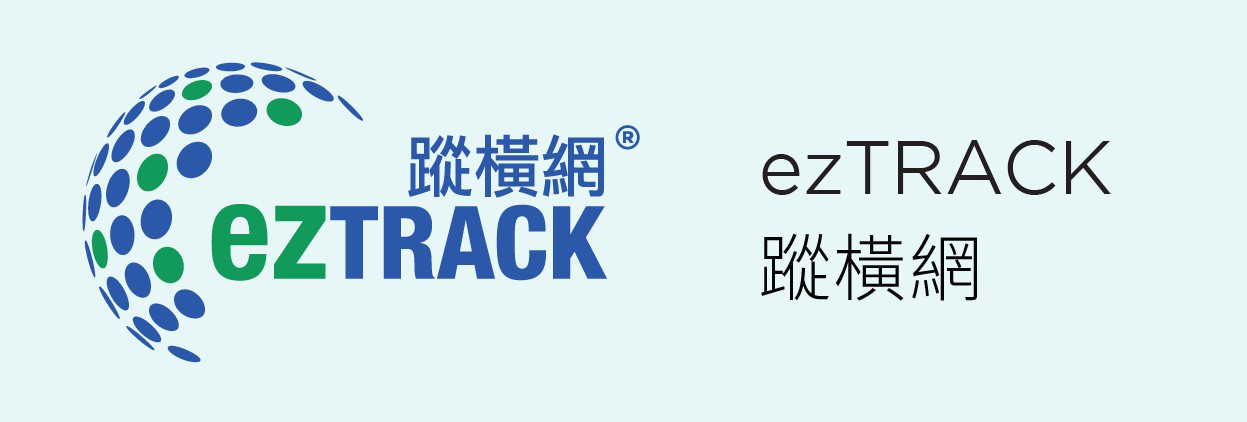
Asia-Pacific Model E-port Network (APMEN) Visualisation of Sea Freight Logistics
Improving visibility, integrity and transparency of cross-border trade in the Asia-Pacific
Background
Ports play an important role in the supply chain acting in the first place as a transportation hub, as well as an information hub. Yet, finding the most suitable and accurate source of information is not an easy task in a global supply chain. Shippers and logistics operators need to be able to share information documents with operators and administrators of other ports to achieve “end-to-end” visibility.
Thus, the APMEN Visualisation of Sea Freight Logistics Phase I project was commissioned, to improve the visibility, integrity and transparency of cross-border trade in the Asia-Pacific by automating the exchange of Sea Freight data between APMEN members and using GS1 Global Data Standards.
Project Overview
The project was undertaken by APMEN and its members (NSW Ports, Xiamen E-port and Shanghai E-port), DP World (Australian port operator), GS1 Australia, GS1 China, GS1 Hong Kong, and GS1 Global Office.
The initial challenge of the project was to map and review the end to end processes for both imports and exports between participating ports. Through this process of mapping exercise, the project team identified common process “events” which were deemed critical, and which would trigger the exchange of Sea Freight data between participants for improved visibility.
Project Approach
For each critical event, data standards were developed to capture information about these events as the basis for the data exchange. Data attributes such as Container ID, Vessel ID, etc. were agreed and aligned to the GS1 EPCIS Standards.
GS1 EPCIS is a global data standard that enables physical supply chain critical tracking events (e.g. a container being loaded on a vessel) to be defined, and for event data (e.g. what, where, when, why) to be captured and shared across enterprises so that users can gain a shared view of inventory as it transitions between process steps across an extended supply chain. It is necessary to achieve inter-port information connectivity through the world’s prevailing standards, which is the foundation of realisation of the ‘global e-port community’.
A single technical platform (ezTRACK™ – an EPCIS-Compliant cloud-based traceability solution) developed by GS1 Hong Kong was used. The platform was configured specifically to meet the process and data requirements, so that participants could record actual event data for each critical event onto ezTRACK™ which enabled data exchange and reporting.

GS1 HK had contributed to the development of comprehensive GS1 Global Data Standards to support the exchange of critical Sea Freight data between ports and other key stakeholders including Freight Forwarders, Cargo Owners, Transport and Logistics providers and Government Agencies. The team had also made modifications to ezTRACK™ to deliver additional query, display, report, integration functionality and other technical support.
The scope of Phase 1 involved the tracking of inbound and outbound containers between three ports – NSW Ports in Australia, Shanghai ePort and Xiamen ePort in China using the ezTRACK™ solution.
Benefits
The exchange of critical Sea Freight data between ports can deliver benefits to participants, including
- Greater transparency in container movements;
- Improved planning of port operations through increased visibility;
- More efficient track and trace operations;
- Better access to data for port management systems;
- Better customer service support to port community stakeholders.
The majority of participants provided insights into potential benefits, and particularly that the sharing of data and events would deliver:
- Implementation of early warning systems;
- Visibility of vessel location and status;
- Improved track-and-trace;
- Strengthening regulatory and operational effectiveness.

"It is suggested that the next step is to promote the model within APMEN
members to improve the efficiency of data connectivity between other member
ports in the future."

Wayne Q. Y. Gu
International Cooperation Manager
E&P International, Shanghai ePorts-Easipass
GS1 Standards used
- Global Location Number (GLN)
- Global Trade Item Number (GTIN)
- Serial Shipping Container Code (SSCC)
- Electronic Product Code Information Services (EPCIS)
- Global Individual Asset Identifier (GIAI)
- Global Shipment Identification Number (GSIN)
Solution(s)/Service(s) applied





